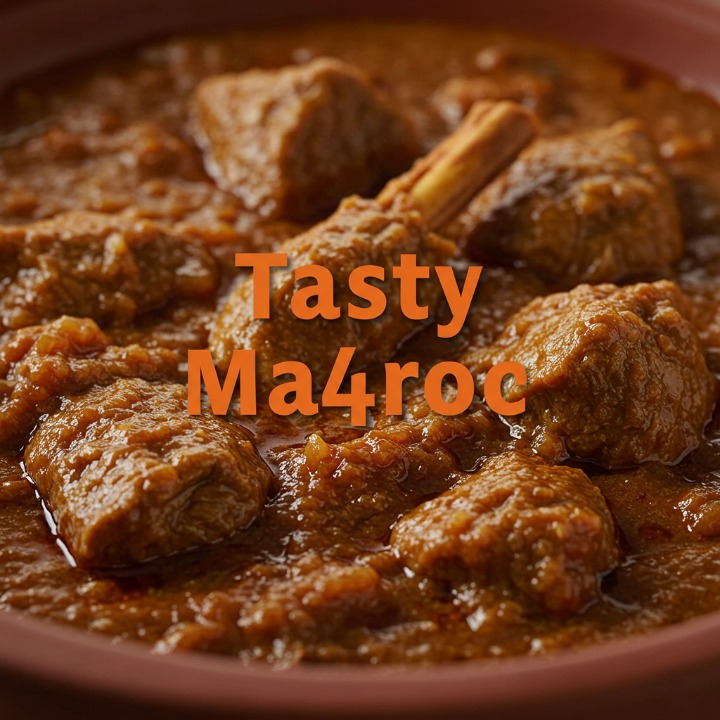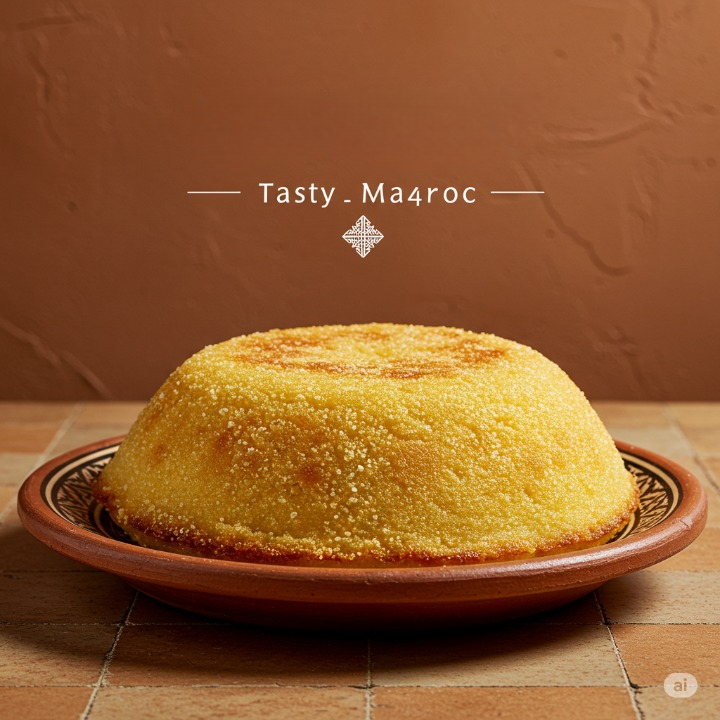
How I Discovered the Heart of Every Tagine in My Mother’s Kitchen
When I was a child growing up in Fez, I didn’t realize that one day I’d be standing in my own kitchen, carefully watching a pot simmer, trying to recreate that rich, velvety sauce my mother used to make in her old clay tagine. Back then, I didn’t think much of the slow stirring, the endless waiting, or the way she insisted on never rushing a tagine. But today, after years of trying and failing to get that same thickness, I finally understand: the sauce is everything.
In this article, I’ll share with you the real secrets I’ve learned over the years—lessons passed down from generations of Moroccan women who made magic with a handful of spices and a whole lot of patience.
🧅 Step One: Start with a Foundation of Caramelized Onions
If you ask any Moroccan cook what gives tagine its signature body, they won’t say flour or cream. They’ll say: “al-basal” — the onions.
And not just chopped and thrown in. They must be slowly cooked until they melt. This is the step many people rush, and it’s the first mistake.
How to do it right:
- Slice 2–3 medium yellow onions as thinly as possible.
- Heat 3–4 tablespoons of Moroccan olive oil in the base of the tagine or a heavy pan.
- Cook the onions on low heat for 20–30 minutes, stirring occasionally.
- Don’t be tempted to add water. Let them soften naturally until they’re almost jam-like.
This is where the sauce starts building its texture. When onions caramelize in olive oil, they release natural sugars and break down into a thick base that doesn’t need any artificial thickener.
🌿 Step Two: Bloom the Spices
Spices are not just flavor in Moroccan cuisine—they’re memory, heritage, and identity. I remember my aunt grinding her own ras el hanout every few weeks. The aroma of cumin and ginger would fill the house.
For a balanced, rich sauce, use:
- 1 tsp ground ginger
- 1/2 tsp turmeric
- 1/2 tsp paprika
- 1/4 tsp black pepper
- Optional: a few saffron threads soaked in warm water
- Salt to taste
Add them once the onions are golden, and cook for 2–3 minutes. This step is crucial—“blooming” spices in oil deepens their flavor and lets them fully release their aroma. Skipping this turns your sauce flat and dusty.
💡 Human Tip: My grandmother always said, “Cook the spices like you toast almonds—just until they start to talk to you.” That’s when you know they’re ready.
🥩 Step Three: Sear Your Protein First
Here’s a mistake I made for years: adding meat and water at the same time. It made the tagine watery, and the sauce never thickened.
Instead, add your meat (chicken, lamb, or beef) right into the spiced onion mixture. Let it brown for 5–10 minutes on medium heat. Turn it occasionally, letting the flavors hug the meat and the bottom of the pan form a brown fond—this is liquid gold for your sauce.
If you’re making a vegetable tagine, roast your main veggies separately and only add them after the sauce has reduced a bit.
💧 Step Four: Add Water—But Not Too Much
Most beginner cooks drown their tagine. Don’t. The tagine lid traps steam and helps the sauce reduce naturally.
Here’s my golden rule:
- Add just enough water or broth to cover ⅓ to ½ of the protein.
- Cover and simmer slowly on low heat.
- Resist the urge to lift the lid constantly; that interrupts the reduction process.
- Let it cook for 45 minutes to 2 hours, depending on the meat.
The longer it simmers, the thicker the sauce becomes.
🍋 Step Five: Flavor Enhancers That Make a Difference
There are a few traditional Moroccan tricks that take your sauce to another level:
🫙 Preserved Lemons
Chop a small piece of rind and stir it into the sauce 15 minutes before serving. It adds complexity and depth.
🫒 Olives
Green or purple olives absorb sauce and release briny notes. Add them halfway through cooking.
🌶️ Harissa or Chili Oil
Want a spicier sauce? A spoon of harissa stirred at the end adds heat and intensity.
🍽️ Final Reduction: The Sauce Test
Once everything is cooked, uncover the tagine and let it simmer for the final 10–15 minutes. This lets the sauce reduce further and concentrate its flavors.
Do the spoon test:
- Dip a spoon in the sauce.
- Turn it over and let the sauce run.
- If it leaves a slow, thick trail—it’s perfect.
If it’s still watery, keep simmering uncovered.
🫶 Real Talk: Why Sauce Thickness Matters
In Morocco, the sauce isn’t just an extra—it’s the soul of the dish. When we eat tagine with bread, we’re not scooping meat—we’re soaking bread in sauce. A watery sauce means a bland meal. A rich, thick sauce makes people close their eyes after the first bite.
🧼 Clean-Up Tip from My Cousin Zineb:
“If you don’t need bread to wipe the tagine clean, your sauce wasn’t thick enough.”
📝 Conclusion: Patience Is the Real Secret
Anyone can throw meat and vegetables into a pot, but a true Moroccan cook knows the sauce is where the love lives. It takes time, attention, and old-school technique. But trust me—it’s worth it.
So next time you’re cooking tagine, take it slow. Let the onions melt, the spices bloom, and the sauce tell its story. You’ll not only taste the difference—you’ll feel it.
💬 What About You?
Have you tried making tagine at home? What’s your secret to a perfect sauce? Share your tips or questions in the comments—I’d love to hear from you.




